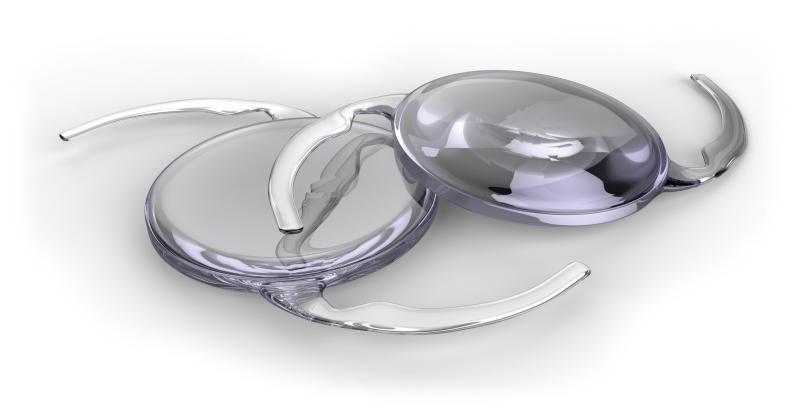 Abbott opens us$60 million plant in Kedah
Abbott opens us$60 million plant in KedahImplantation of intraocular lens (IOL) during early childhood leads to a higher incidence of visual axis opacities compared with aphakia, making it not suitable for children aged ≤6 months, reports a study.
“The best available evidence suggests that IOL implantation can be done safely with acceptable side effects in children older than 6 months of age,” the investigators said.
“However, the unpredictability of ocular growth means that these children will often have large refractive errors later in childhood that may necessitate an IOL exchange or wearing spectacles or contact lenses with a large refractive correction,” they added.
IOLs correlated with an increased risk of visual axis opacities and with visual outcomes similar to those for contact lenses or spectacles for children who had both bilateral and unilateral cataracts. All treatments resulted in a comparable incidence of glaucoma.
All treatments had similar ocular growth, but infants aged <6 months who underwent IOL implantation had large myopic shifts that often led to high myopia or severe anisometropia later in childhood. In addition, eyes that underwent IOL implantation had lower corneal endothelial cell counts.
All treatments were associated with a similar incidence of strabismus.
“[T]he training and experience of the surgeon, as well as ocular and systemic comorbidities, should be taken into consideration when deciding whether IOL implantation would be appropriate,” the investigators said.
This study accessed PubMed, the Cochrane Library and the databases of clinical trials in February 2019 without date or language restrictions, resulting in 194 potentially relevant citations. Of these, 34 were selected for full-text review. Fourteen studies met the eligibility criteria and were included in the analysis. A level of evidence rating was then assigned to these studies by the panel methodologist.